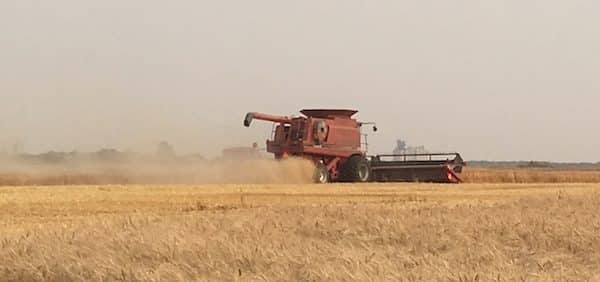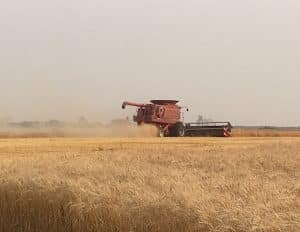Getting crop in the bin is a bigger issue than residue management right now. Residue will be a factor in harvest because standing canola downed by snow will have to be combined close to the ground. That means more residue to churn through the combine and less residue to hold snow. Tough residue won’t chop and spread that well either. But that’s just the way it is. Deal with residue later.
Considerations:
Don’t swath. Swathing will not likely speed up harvest for tough, flattened crop. Handling fully mature crop twice could significantly increase the potential for shattering or pod-drop losses, and this bushy mature crop will have to be cut very low, leaving it at significant risk for blowing.
Cold temperatures help for residue management. Hard frosts and a cycle of drying-wetting-drying helps to decompose material. Residue should break up well when warm temperatures return.
Harrow in the spring. Harrowing works better in hot, dry conditions. Once residue dries up in the spring, harrow it then.
Further reading:
Residue management: The combine can influence stand establishment


